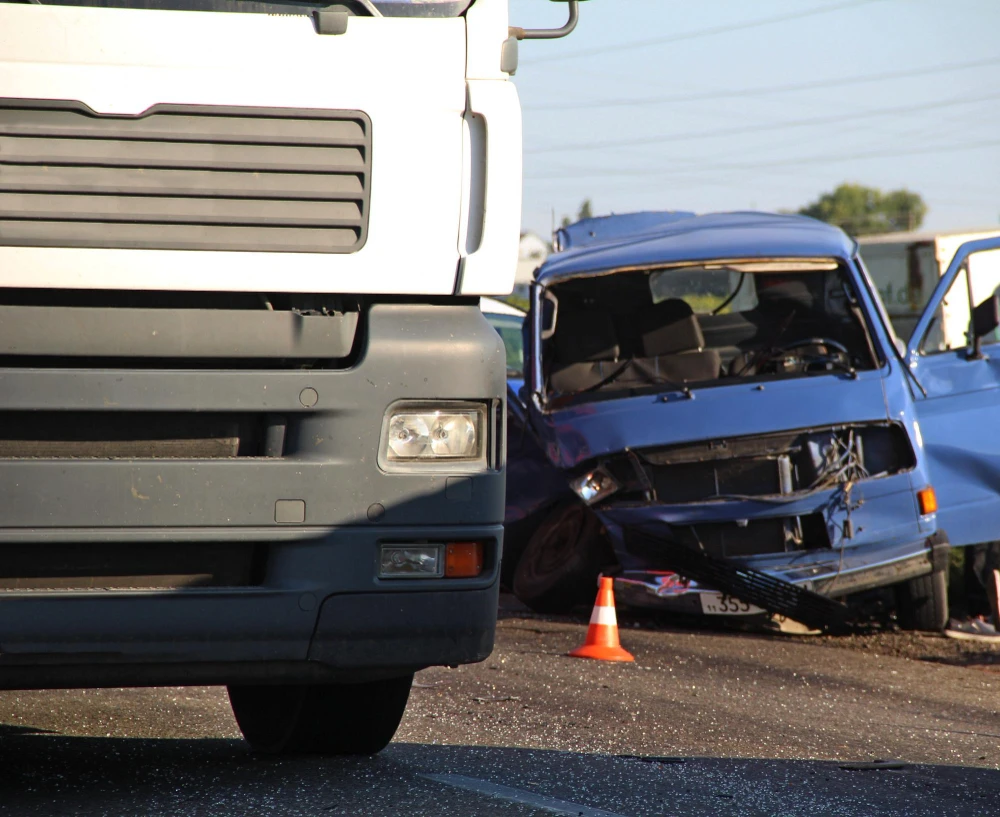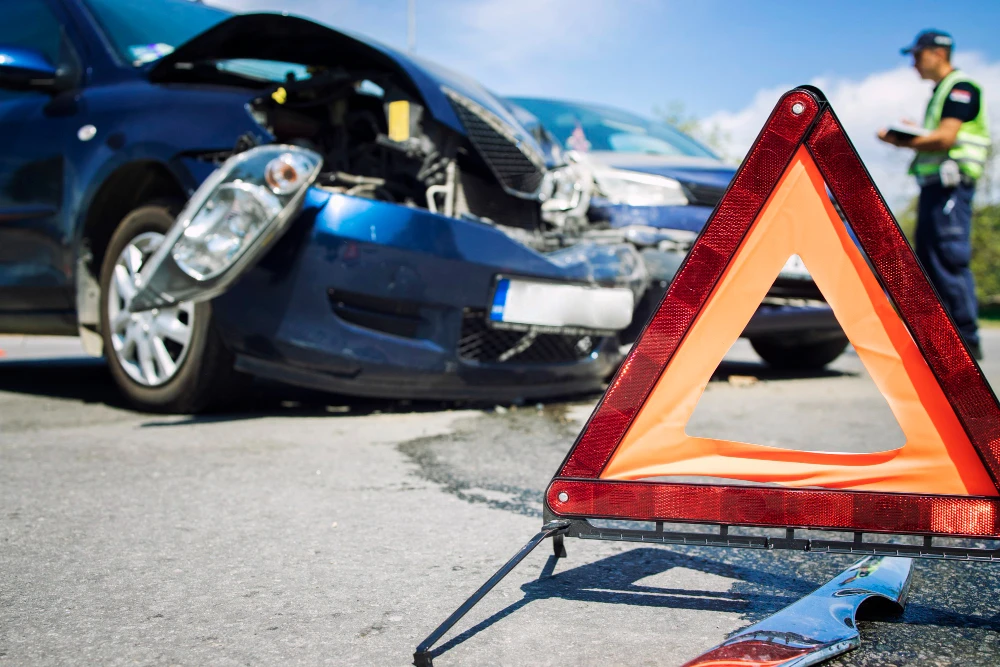All you need to know about the latest automotive safety technologies
Automotive safety technology has undergone a massive revolution in recent years, spanning basic features to more sophisticated systems involving cutting-edge technology used to ensure the safety of passengers and pedestrians.
This evolution is a significant change in the awareness of security in vehicles and an emphasis on preventive measures, reflecting the changes that take place in technology. This evolution brings a broader perspective of the latest automotive safety technologies to define the future of driving.
In the very beginning of the automotive industry, safety equipment was rather simplistic and usually not standardized; this is where what you need to know about the latest automotive safety technologies comes into play. Government regulations greatly influenced automotive safety. Seat-belt, airbag, and safety-test mandates changed the way manufacturers had previously considered vehicle safety.
A Houston car accident attorney says that new technologies being introduced have brought about changes that are worth noticing.
Advanced Driver Safety Systems
Advanced driving safety systems represent a giant step forward in automotive technology, improving the safety and convenience of driving. These systems use high-tech sensors, cameras, and radar, as well as intelligent algorithms that help drivers in multiple driving situations.
Here’s a closer look at some Advanced Driver Safety System technologies:
Adaptive Cruise Control (ACC)
Adaptive Cruise Control is an improvement from normal cruise control, which does not make a vehicle adjust its speed automatically to achieve a safe distance with the vehicle ahead.
ACC can monitor the distance and speed of the vehicle in front through radar or cameras, adjusting cruising speeds to suit. If the vehicle in front slows down, ACC will slow your vehicle to maintain a pre-set distance behind it and then accelerate to the set speed once there are no obstacles ahead.
Adaptive Cruise Control helps to lessen driver fatigue on long trips and facilitates a safe following distance, which in turn minimizes the chance of rear-end collisions.
Automatic Emergency Braking (AEB)
Automotive Emergency Control is a safety feature that detects a coming collision with another vehicle or obstacle and applies the brakes automatically to avoid this event or attenuate its consequences.
Forward Collision Warning systems inform the driver about an upcoming collision with a vehicle ahead, allowing enough time to take action in order to prevent or at least minimize the accident.
These systems use sensors, radar, and cameras to monitor the road ahead and compute the probability of collision. The system will first give a warning to the driver if it detects a potential collision and then apply the brakes in case the driver fails to respond appropriately in time.
AEB and FCW significantly lower the probabilities of a rear-end collision, especially in urban settings where tenancy is higher.
Lane Keeping Assistance
Lane Keeping Assistance keeps the vehicle in its lane. The system should detect that the vehicle is drifting out of its lane unintentionally and steer it gently back into the lane or alert the driver to take corrective action.
The LDW system has visual, audible, or tactile signals (such as a vibration in the steering wheel) to advise the driver if a vehicle begins drifting out of its lane without any turn signal being activated.
So these technologies are very important for avoiding accidents, which may be formed when you drift away from the lane because of drowsiness or some other issues with a driver’s attention.

The Role of Artificial Intelligence
AI technology is transforming auto safety, changing the way vehicles are designed and adapted to avoid accidents, and safeguard passengers. With AI, cars are becoming more intelligent, more aware, and increasingly able to react to a wide range of driving situations that can be complicated. Here’s a detailed look at how AI contributes to automotive safety:
- Predictive analysis in AI systems of vehicles determines the likely risks in real time. By processing large volumes of data from different sources, such as sensors, cameras, and historical accident information, AI can predict hazardous situations before they develop.
- AI allows vehicles to make instant decisions that are very critical in avoiding accidents. For instance, such AI can analyze the speed and trajectory of nearby vehicles to predict potential collisions and preventive actions.
Machine Learning
Automotive safety systems can learn from experience using machine learning, which is a subdivision of AI. The more data these systems are exposed to, the better they become at predicting and responding to different driving scenarios.
Machine learning algorithms adapting to different driving patterns of individual drivers will provide personalized safety measures. For example, if the system realizes that a certain driver brakes hard, it can set the sensitivity of automatic braking systems to reflect this behavior.
Through machine learning, the vehicles can interpret data from sensors and cameras more accurately, thereby reducing false positives and improving the correctness of safety features such as lane departure notice or blind-spot detection.
Also in fully autonomous or semi-autonomous vehicles, machine learning is an integral part of the information processing necessary for safe navigation without human intervention.
Challenges and Future Developments
Real-time processing and decision-making based on complicated, multi-dimensional data is one of the obstacles compatible with AI in automotive safety.
With AI taking on greater driving responsibilities, issues of liability and ethics in unavoidable accident situations come to light.
AI in automotive safety is developing and improving all the time, leading to ever-smarter, safer vehicles.
Pedestrian Detection and Safety
Pedestrian Detection and Safety systems use sophisticated technologies to detect pedestrians in or close to the roadway and take necessary measures to prevent or reduce impacts from collisions.
Technologies for Enhanced Pedestrian Detection
Camera-Based Systems: Modern vehicles come equipped with cameras that can spot pedestrians. They are often mounted on the front grille or windscreen and use advanced image processing algorithms to detect human shapes and movement.
Radar and LIDAR Systems: Cameras are complemented with radar and LIDAR sensors that add more data about the environment. These systems can detect pedestrians, even in low visibility conditions like at night or bad weather, by sensing the distance and speed of objects relative to the vehicle.
Infrared and Thermal Imaging: There are systems that use infrared or thermal imaging. To detect pedestrians based on their body heat, which is especially effective when the lighting conditions are poor.
Automatic Braking System: Automated braking systems can be activated when a pedestrian is detected, and the likelihood of a collision with the vehicle is imminent to either slow down or stop the vehicle. This response may occur even if the driver is not quick enough to react.
With any kind of case regarding pedestrian safety or any latest technology used on the roads, the best attorneys at Mokaram Law Firm can help you a lot.
Future Evolutions
Pedestrian detection systems are predicted to become more accurate and responsive due to continuous improvements in AI and machine learning technologies.
Future developments could incorporate smart city infrastructure, such as connected traffic lights and pedestrian signals, to enhance pedestrian safety even further.
Contact Mokaram Law Firm Now!
When it comes to dealing with cases that involve new safety innovations, it does get a bit challenging for the attorneys and also for their clients. But at Mokaram Law Firm, the most skilled lawyers can help you go through the most challenging cases in the best ways possible. To book your consultations, dial (281) 609-9224 now.
Recent Posts
-
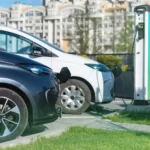 26 Jan 2024Electric Vehicles and Road Safety: Navigating the Impact on Car Accidents in 2024?
26 Jan 2024Electric Vehicles and Road Safety: Navigating the Impact on Car Accidents in 2024? -
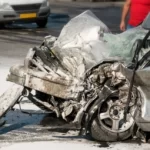 26 Jan 2024What are the three types of collisions that occur during a motor vehicle crash?
26 Jan 2024What are the three types of collisions that occur during a motor vehicle crash? -
 26 Jan 2024How are truck accidents different than car accidents?
26 Jan 2024How are truck accidents different than car accidents? -
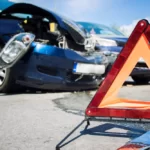 26 Jan 2024What is the difference between a car accident and a car injury?
26 Jan 2024What is the difference between a car accident and a car injury? -
 26 Jan 2024How a Houston Injury Lawyer Can Assist You?
26 Jan 2024How a Houston Injury Lawyer Can Assist You? -
 26 Jan 2024When Can Kids Ride in the Front Seat of a Car in Texas?
26 Jan 2024When Can Kids Ride in the Front Seat of a Car in Texas? -
 19 Jan 2024Risks of Running Red Lights in Houston, Texas
19 Jan 2024Risks of Running Red Lights in Houston, Texas -
 19 Jan 2024Estimating Compensation After a Houston Car Accident
19 Jan 2024Estimating Compensation After a Houston Car Accident -
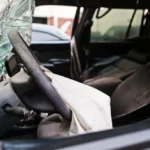 19 Jan 2024Conquering Driving Fears After a Houston Car Crash
19 Jan 2024Conquering Driving Fears After a Houston Car Crash -
 19 Jan 2024What is the most common injury in a truck accident?
19 Jan 2024What is the most common injury in a truck accident? -
 19 Jan 2024What is the traffic management system for safety in the USA?
19 Jan 2024What is the traffic management system for safety in the USA? -
 19 Jan 20245 Ways Personal Injury Laws May Change in 2024
19 Jan 20245 Ways Personal Injury Laws May Change in 2024


